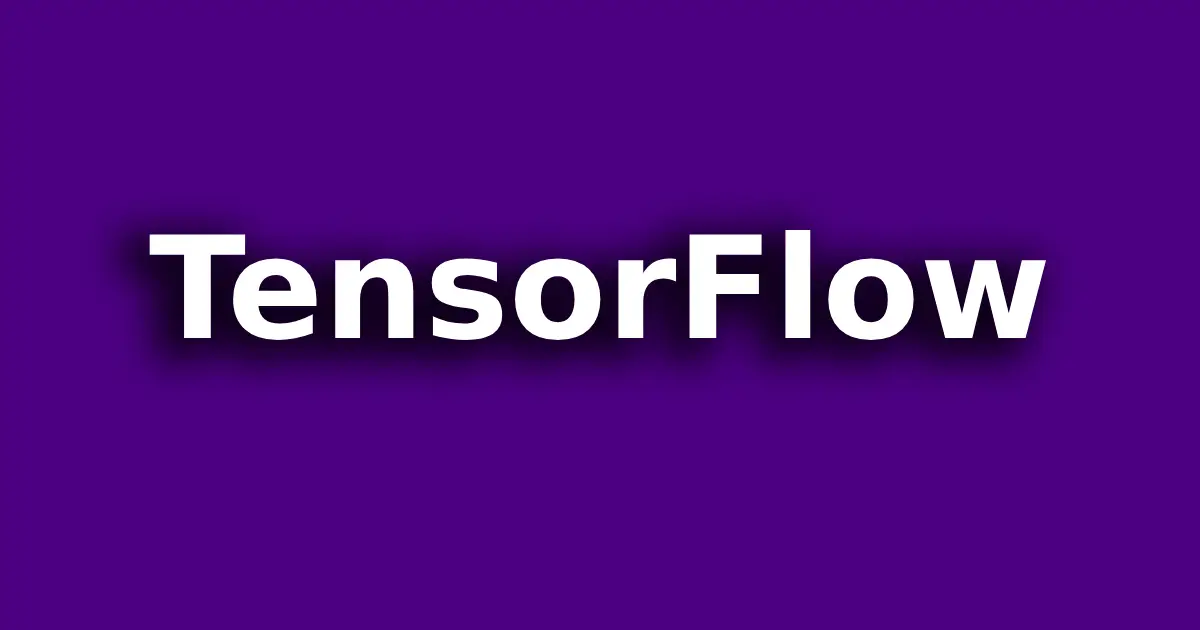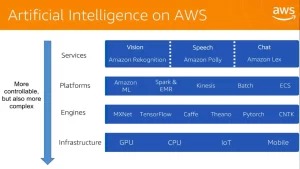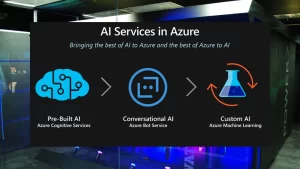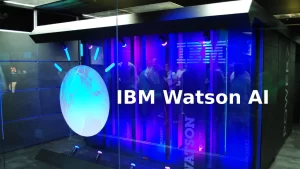TensorFlow, an open-source machine learning framework developed by Google, has emerged as a powerhouse in the field of artificial intelligence. It provides a flexible and scalable platform for building and deploying machine learning models efficiently. Understanding TensorFlow is crucial for anyone delving into the world of modern AI.
What is TensorFlow?
TensorFlow is a comprehensive library for numerical computation and machine learning. It facilitates the development and deployment of various types of machine learning models, from simple linear regression to complex deep neural networks.
History and Development
Originally developed by researchers and engineers at the Google Brain team, TensorFlow was released to the public in 2015. Since then, it has gained immense popularity and has become one of the most widely used frameworks in the machine learning community.
Key Features of TensorFlow
TensorFlow boasts several features that set it apart from other machine learning frameworks:
Flexibility and Scalability
One of the key strengths of TensorFlow is its flexibility. It supports a wide range of platforms, including CPUs, GPUs, and TPUs (Tensor Processing Units), making it suitable for both research and production environments. Additionally, TensorFlow’s distributed computing capabilities enable seamless scaling across multiple devices and machines.
Comprehensive Ecosystem
TensorFlow provides a rich ecosystem of tools and libraries that streamline the development process. From data preprocessing to model evaluation, TensorFlow offers solutions for every stage of the machine learning workflow. Popular add-ons like TensorFlow Lite and TensorFlow.js further extend its capabilities to mobile and web applications.
High-Performance Computation
TensorFlow leverages highly optimized mathematical operations to deliver blazing-fast performance. Whether training large-scale neural networks or performing real-time inference, TensorFlow excels at handling computationally intensive tasks with efficiency.
TensorFlow Architecture
To understand TensorFlow better, let’s delve into its underlying architecture:
Computational Graph
At the heart of TensorFlow lies the computational graph, a dataflow representation of the machine learning model. The graph consists of nodes that represent mathematical operations and edges that denote the flow of data between these operations. This graph-based approach enables TensorFlow to efficiently execute computations in parallel across multiple devices.
TensorFlow Core
TensorFlow Core provides the fundamental building blocks for creating machine learning models. It includes APIs for defining computational graphs, managing tensors (multi-dimensional arrays), and executing operations efficiently. TensorFlow Core serves as the foundation upon which higher-level APIs and libraries are built.
TensorFlow Extended (TFX)
TFX is an end-to-end platform for deploying production-ready machine learning pipelines. It encompasses various components, such as data validation, model training, and serving, to automate the entire machine learning lifecycle. TFX enables organizations to build scalable and reliable machine learning systems in production environments.
TensorFlow Applications
TensorFlow finds application across diverse domains, powering a wide range of machine learning tasks:
Image Recognition
TensorFlow’s robust image processing capabilities make it ideal for tasks like object detection, image classification, and image segmentation. Applications range from autonomous vehicles to medical imaging, where accurate identification of objects and patterns is crucial.
Natural Language Processing
With TensorFlow, developers can build sophisticated natural language processing (NLP) models for tasks such as text classification, sentiment analysis, and machine translation. TensorFlow’s support for recurrent neural networks (RNNs) and attention mechanisms enables advanced language understanding and generation.
Predictive Analytics
TensorFlow excels at predictive analytics, allowing organizations to derive valuable insights from large volumes of data. Whether forecasting stock prices or predicting customer churn, TensorFlow provides the tools needed to build predictive models that drive business decisions.
TensorFlow in Industry
TensorFlow has made significant inroads into various industries, revolutionizing how businesses leverage machine learning:
Healthcare
In the healthcare sector, TensorFlow powers applications ranging from medical image analysis to drug discovery. By analyzing vast amounts of patient data, TensorFlow helps healthcare professionals make more accurate diagnoses and develop personalized treatment plans.
Finance
In finance, TensorFlow is used for fraud detection, risk assessment, and algorithmic trading. By analyzing market trends and customer behavior, financial institutions can mitigate risks and optimize their operations using TensorFlow-powered models.
Retail
Retailers leverage TensorFlow for tasks such as demand forecasting, customer segmentation, and recommendation systems. By understanding consumer preferences and market trends, retailers can deliver personalized shopping experiences that drive sales and customer loyalty.
Getting Started with TensorFlow
Interested in exploring TensorFlow? Here’s how to get started:
Installation
To install TensorFlow, simply use pip, Python’s package manager:
pip install tensorflow
For GPU support, install TensorFlow with GPU dependencies:
pip install tensorflow-gpuOnce installed, you can start using TensorFlow in your Python scripts or interactive sessions. Here’s a simple example of creating and training a neural network using TensorFlow’s high-level API, Keras:
import tensorflow as tf
from tensorflow.keras import layerslayers.Dense(64, activation=‘relu’, input_shape=(784,)),
layers.Dense(10, activation=‘softmax’)
])
loss=‘sparse_categorical_crossentropy’,
metrics=[‘accuracy’])
Resources for Learning
To deepen your understanding of TensorFlow, explore the official documentation, tutorials, and community forums available on the TensorFlow website. Additionally, online courses and books provide comprehensive guidance for mastering TensorFlow and its applications.
Future of TensorFlow
As machine learning continues to evolve, TensorFlow remains at the forefront of innovation. With ongoing advancements in areas like model optimization, interpretability, and federated learning, TensorFlow is poised to shape the future of AI in profound ways.
Advancements in Machine Learning
TensorFlow’s vibrant community of researchers and developers continuously pushes the boundaries of what’s possible in machine learning. From novel architectures to breakthrough algorithms, TensorFlow serves as a catalyst for innovation in the field.
Community Contributions
The success of TensorFlow owes much to its thriving open-source community. Through collaborative development and knowledge sharing, contributors from around the world contribute to the growth and improvement of TensorFlow, ensuring its relevance and impact for years to come.
Conclusion
TensorFlow stands as a testament to the power of open-source collaboration and innovation. With its flexible architecture, robust features, and extensive ecosystem, TensorFlow empowers individuals and organizations to harness the full potential of machine learning. As we journey into the era of AI, TensorFlow remains a trusted ally in shaping a smarter, more connected world.
Unique FAQs
Is TensorFlow free to use?
Yes, TensorFlow is open-source and free to use for both commercial and non-commercial purposes.
Can I use TensorFlow without coding experience?
While some familiarity with Python programming is recommended, TensorFlow offers high-level APIs like Keras that abstract away much of the complexity, making it accessible to beginners.
What makes TensorFlow different from other machine learning frameworks?
TensorFlow’s comprehensive ecosystem, scalability, and performance make it a preferred choice for building and deploying machine learning models in various domains.
Is TensorFlow suitable for deep learning projects?
Absolutely! TensorFlow provides extensive support for deep learning, including pre-trained models, optimization techniques, and distributed training capabilities.
Where can I find TensorFlow tutorials and resources?
The TensorFlow website offers a wealth of tutorials, documentation, and community forums to help you get started with TensorFlow and explore its capabilities further.








